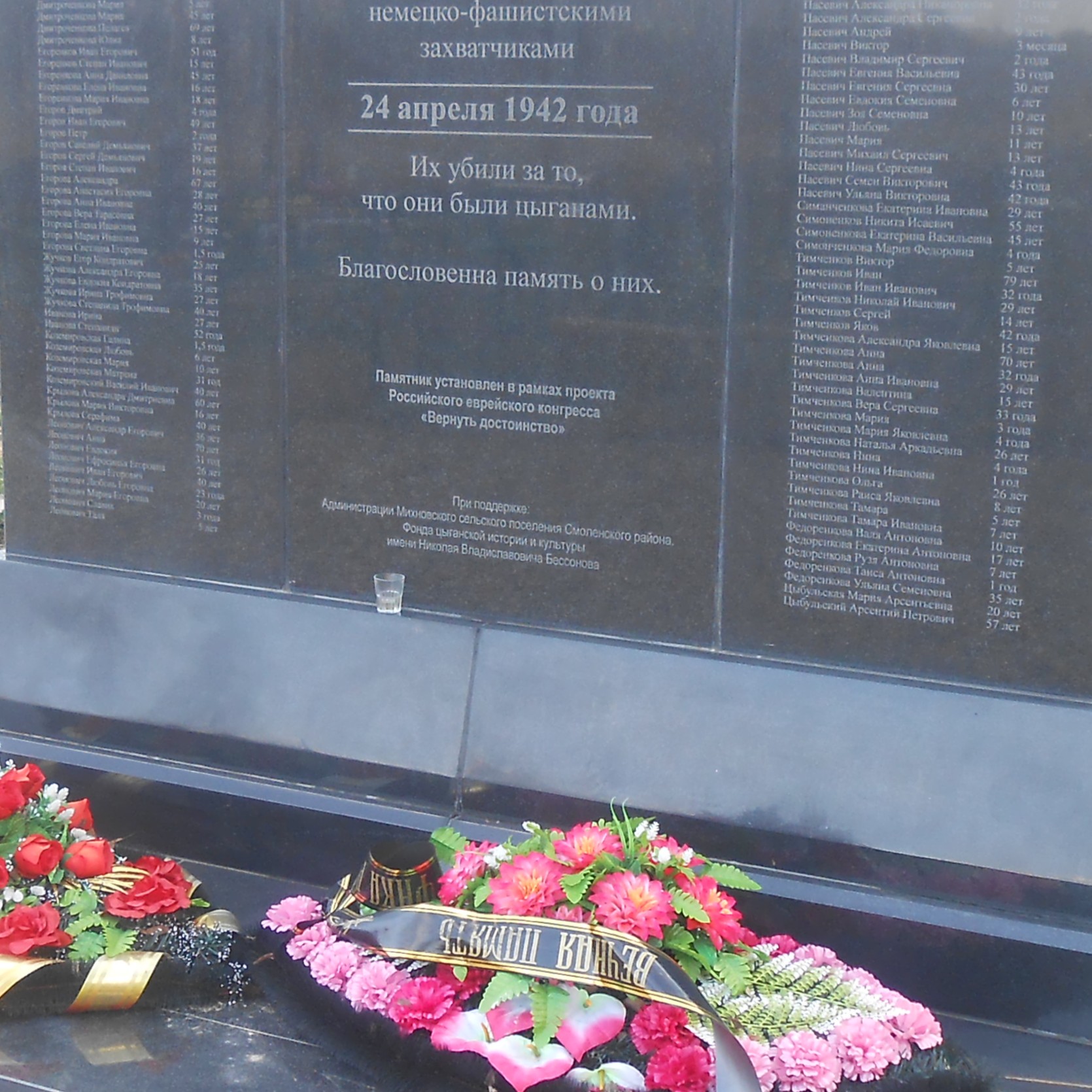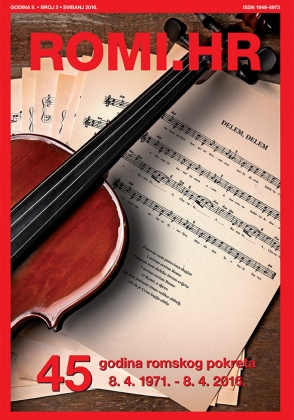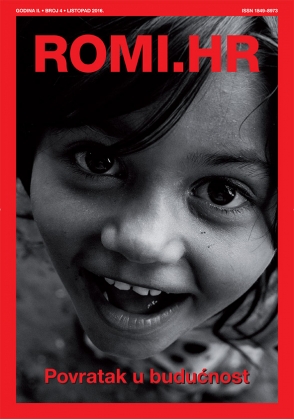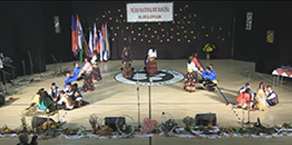Focus ROMI.HR
/Aleksandrovka - The Forgotten Massacre of Roma Under Nazi Occupation.
During the Nazi occupation of the Soviet Union, Roma people, like many other ethnic and social groups, became targets of brutal persecution and Genocide. The Nazis (National Socialists) considered Roma, alongside Jews, as "racially inferior," and sought to eliminate them through mass executions, forced labour, and horrific treatment. Across the occupied territories, including regions of Ukraine, Belarus, and Russia, thousands of Roma were rounded up, deported and executed in mass killings. Villages were decimated, and entire Roma communities were destroyed. The Genocide, which remains largely overlooked in historical accounts, represents the most tragic chapter Roma History, as the Roma were systematically targeted for their ethnicity, with little regard for their humanity.
In Aleksandrovka village, located 5 km from the City of Smolensk in Russia, there is a memorial obelisk with 180 names on it. Before WW2 (World War 2), in the 1930s, a Roma collective farm (kolkhoz) "Oktyabr" was established there (the former name of the village is Alexandrovskoye), and it was repeatedly a participant in the All-Union Agricultural Exhibition, showing outstanding results. During the Nazi occupation (July 1941 – September 1943), 180 Roma were executed and the collective farm was looted. Now, the obelisk is erected there to honour their memory, and it serves as a monument to remember those who suffered and perished during this tragic time of the local history.
"On April 23, 1942, before evening, two German officers arrived from the city of Smolensk to the village of Alexandrovskoye and, upon meeting with the village elder, asked him to compile a list of residents from the former National Roma collective farm 'Stalin's Constitution,' divided into Russians and Roma, including all men, women, elderly, and children. On April 24, at 5 a.m., a punitive detachment of up to 400 people, led by a group of officers, arrived from the city of Smolensk and surrounded the village of Alexandrovskoye. Then the Gestapo officers went house to house, rounding up all the villagers, both Russians and Roma, forcing them out of their homes in half-clothing and herding them to the square by the lake.
A German officer, who spoke Russian, took out a list of the village residents, which he had got from the elder, and started calling out citizens from the crowd, sorting them into Russians and Roma. After the sorting, the Russians were sent home, while the Roma were left under heavy guard. Then, the officer selected physically strong men from the remaining group, gave them shovels, and at a distance of 400 meters from the village, ordered them to dig two pits. While the men were digging the pits, the Germans drove the women, children and elderly people there, beating them with rifle butts, sticks and whips. Before the execution, the prisoners were subjected to an inspection; women and men were stripped, and anyone with dark skin was shot.
The execution was held the following way: first they shot the small children, the infants were thrown in the pits alive, then the women were executed. Some mothers, unable to bear the wild horror, threw themselves alive into the pit. The bodies of those shot were buried by the men, then they themselves were shot and buried in the second pit by the Germans. All the best clothing of those executed, as well as various valuables, were taken by the Germans to Smolensk. A total of 176 people were executed. Of this number, 143 have been identified: 62 women, 29 men, and 52 children; 33 remain unidentified due to the absence of family records".
From the Report "On the Mass Extermination of Soviet Roma Citizens by the German Occupiers in the Village of Alexandrovskoye, located 5 km from the City of Smolensk" dated October 21, 1943.
"During the war, I lived in the village of Korenyevshchina, near Alexandrovka. There were also many Roma living with us, but nobody touched them. The chairman of the collective farm was a Roma, a good man. He said, 'Don't go outside, don't go to the city, nowhere, or they will shoot you.' But in Alexandrovka, they took almost everyone."
Praskovya Belova, a resident of the village of Korenyevshchina.
"Our entire village was Roma. Lydia Krylova was saved by a German. A unit of the Wehrmacht was stationed in this village, and one officer fell head over heels in love with the beautiful Roma girl. When people were gathered around the pit, he approached the soldiers and said, pointing at Lydia: 'She's Russian.' The Germans had no orders to shoot Russians, and they asked, 'How can you prove it?' He replied: 'There’s a Russian writer named Krylov, he wrote fables, she’s Krylova — that means she’s Russian.' The soldiers demanded documents, and the officer mounted his horse, rode to Smolensk for a certificate, and brought back a document saying that she was Russian. It didn’t have a seal or the general’s signature. So the officer went back and forth four times, while the soldiers waited by the grave. <...> The obelisk shows the date of the execution and the number of victims — 176 people, but there’s no mention of Roma. Although all the locals know about it."
Vladimir Fedorovich Glenchukov, village of Alexandrovka, one of the fifteen surviving Roma who were let go by the Germans from the execution site.
In conclusion, the testimonies of Roma survivors and the historical documents presented shed light on the devastating reality of the genocide that unfolded during the Nazi occupation of the Soviet Union. The suffering of Roma demands recognition and remembrance. The memory of those who perished remains a testament to resilience and the ongoing fight for justice and recognition for all victims of the Porajmos (Genocide on Roma).
 Back to Focus
Back to Focus













